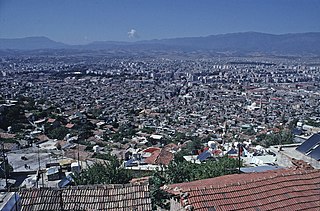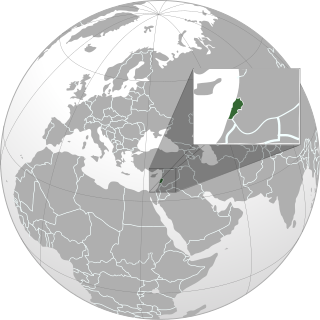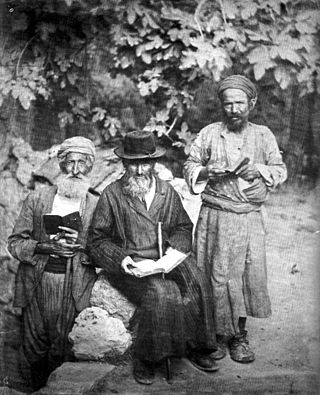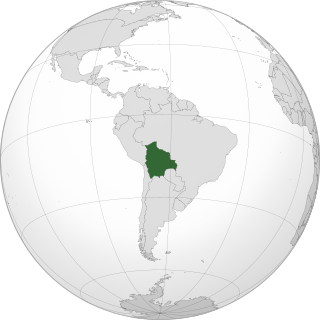Related Research Articles

The Romaniote Jews or the Romaniotes are a Greek-speaking ethnic Jewish community native to the Eastern Mediterranean. They are one of the oldest Jewish communities in existence and the oldest Jewish community in Europe. The Romaniotes have been, and remain, historically distinct from the Sephardim, some of whom settled in Ottoman Greece after the expulsion of Jews from Spain and Portugal after 1492.

The Jewish exodus from the Muslim world was the migration, departure, flight and expulsion of around 900,000 Jews from Arab countries and Iran, mainly from 1948 to the early 1970s, though with one final exodus from Iran in 1979–80 following the Iranian Revolution. An estimated 650,000 of the departees settled in Israel.

Antakya, modern form of Antioch, is the capital of Hatay Province, the southernmost province of Turkey. The city is located in a well-watered and fertile valley on the Orontes River, about 20 kilometres (12 mi) from the Levantine Sea.

Cochin Jews are the oldest group of Jews in India, with roots that are claimed to date back to the time of King Solomon. The Cochin Jews settled in the Kingdom of Cochin in South India, now part of the state of Kerala. As early as the 12th century, mention is made of the Jews in southern India by Benjamin of Tudela. They are known to have developed Judeo-Malayalam, a dialect of Malayalam language.
The history of the Jews in India dates back to antiquity. Judaism was one of the first foreign religions to arrive in India in recorded history. Indian Jews are a small religious minority who have lived in India since ancient times. The 2,000-year history of Indian Jews was marked by a total absence of antisemitism from the Hindu majority and a visible assimilation in the local languages and cultures.

The history of the Jews in Turkey covers the 2400 years that Jews have lived in what is now Turkey. There have been Jewish communities in Anatolia since at least the fifth century BCE and many Spanish and Portuguese Jews expelled from Spain by the Alhambra Decree were welcomed into the Ottoman Empire in the late 15th century, including regions now part of Turkey, centuries later, forming the bulk of the Ottoman Jews.

The history of the Jews in Uzbekistan refers to the history of two distinct communities; the more religious and traditional Bukharan Jewish community and the Ashkenazi community.

Syrian Jews are Jews who lived in the region of the modern state of Syria, and their descendants born outside Syria. Syrian Jews derive their origin from two groups: from the Jews who inhabited the region of today's Syria from ancient times ; and from the Sephardi Jews who fled to Syria after the Alhambra Decree forced the expulsion of the Jews from Spain in 1492.

The history of the Jews in North Macedonia stretches back two thousand years, beginning during Roman antiquity, when Jews first arrived in the region. Today, following the Holocaust and emigration, especially to Israel, around 200 Jews remain in North Macedonia, mostly in the capital, Skopje and a few in Štip and Bitola.
This is a list of countries where antisemitic sentiment has been experienced.

Syrian Jews had predominantly two origins: those who inhabited Syria from early times and the Sephardim who fled to Syria after the expulsion of the Jews from Spain in 1492 CE. There were large Jewish communities in Aleppo, Damascus, and Qamishli for centuries. In the early 20th century, a large percentage of Syrian Jews immigrated to Palestine, the U.S. and Latin America. The largest Syrian-Jewish community is now located in Israel and is estimated to number 80,000.

The history of the Jews in Lebanon encompasses the presence of Jews in present-day Lebanon stretching back to biblical times. Following large-scale emigration following the 1948 Arab–Israeli War, and much more importantly the Lebanese Civil War, the vast majority of Lebanese Jews now live in Western countries and many live in Israel. As the latest census in Lebanon was conducted in 1932, there are virtually no statistics available. In 2006, there were about 40 Jews in Lebanon, whereas in 2020 there were only about 29 Jews in Lebanon. Reports indicate that in 2022 the number of Jews in Lebanon was 27 to 20.

The Ramban Synagogue is the second oldest active synagogue in the Old City of Jerusalem, after only the Karaite Synagogue. It dates back in its current location to sometime around 1400. Tradition holds that as an institution, it was founded by the scholar and rabbi Moshe ben Nachman, also known as Nachmanides or Ramban, in 1267, but at a more southerly location on Mount Zion, to help rebuild the local Jewish community, which indeed expanded because of the synagogue's presence. The synagogue was moved to its current location around 1400, where it was destroyed in 1474, rebuilt in 1475, and continued functioning until being closed by the Muslim authorities in the late 16th century. The building was used for industrial and commercial purposes until its destruction in the 1948 Jordanian siege of the Jewish Quarter. After the 1967 Six-Day War, it was rebuilt over the old ruins and reconsecrated as a synagogue.

The history of the Jews in Cyprus dates back at least to the 2nd century BCE, when a considerable number of Jews in Cyprus was first recorded. The Jews had close relationships with many of the other religious groups on the island and were seen favourably by the island's Roman rulers. During the war over the city of Ptolemais between Alexander Jannaeus and King Lathyros, many Jews remained committed to King Lathyros and were subsequently killed.

The history of the Jews in Sudan goes back to when a small but vibrant community of Jews lived in Sudan from about 1885 to around 1970, with most of the community leaving for Israel or Europe after anti-Semitic attacks began to spread against both the Jews in Israel and those still living in Sudan.

The Old Yishuv were the Jewish communities of the region of Palestine during the Ottoman period, up to the onset of Zionist aliyah and the consolidation of the New Yishuv by the end of World War I. In the late 19th century, the Old Yishuv comprised 0.3% of the world's Jews, representing 2–5% of the population of the Palestine region.
The Jobar Synagogue was an ancient synagogue complex destroyed in May 2014. Also known as the Eliyahu Hanavi Synagogue it was situated in the village of Jobar now encompassed by the metropolitan area of the City of Damascus. It was once adjoined to a complex with rooms for the rabbi and other functionaries of the community. The synagogue was built atop a cave traditionally thought to have served the prophet Elijah in hiding. The hall center was said to be the place where Elijah anointed Elisa. During the Syrian civil war it was hit by mortar bombs, looted, and later 2/3 of the synagogue were totally destroyed at the end of May 2014.

Jobar also spelled Jawbar, Jober or Joubar, is a municipality of the Syrian capital Damascus. A once historical village on the outskirts of Damascus, it is now a suburb of the capital city. It lies 2 km northeast of the old city walls. It contains the most venerated site for Syrian Jews, an ancient 2,000-year-old synagogue and shrine in commemoration of the biblical prophet Elijah, which has been a place of Jewish pilgrimage for many centuries. Today 93% of Jobar lies in ruins due to a prolonged battle fought between the Syrian Army and various rebel groups from February 2013 to 23 March 2018. It has been the site of hostilities during Syrian Civil War, including the 2017 Jobar offensive.

The history of the Jews in Bolivia goes back to the colonial period of Bolivia in the 16th century. In the 19th century, Jewish merchants came to Bolivia, most of them taking local women as wives and founding families that merged into the mainstream Catholic society. This was often the case in the eastern regions of Santa Cruz, Tarija, Beni and Pando, where these merchants came either from Brazil or Argentina.
References
- ↑ Zvi Bar'el, "Head of tiny Jewish community in Turkey: There's no love between Israeli citizens", Haaretz , August 12, 2013.
- ↑ Danya Chudakoff, "Turkey's Jewish community longs for the past: With only 18 members remaining, Antakya's Jewish community struggles to hold onto its rich history and culture." Al Jazeera, May 14, 2014.
- ↑ Shirin Ghermezian, "Only 18 Members Remain in 2,300-Year-Old Turkish Jewish Community Following Political, Economic Turmoil", Algemeiner Journal , May 19, 2014.
- ↑ Michael Kaplan, "Jews Spent Centuries in Antakya, Turkey. Now, There's Only 17 Left.", The Jewish Daily Forward , October 28, 2014.
- ↑ "Turkey earthquake: 2500-year-old Jewish presence in Antakya may come to an end". Middle East Eye. Retrieved 2023-02-15.
- ↑ Lazar Berban (2023-02-16). "14 Jews rescued from devastated Turkish city of Antakya, given shelter in Istanbul". Times of Israel.
- ↑ "Antakya Jewish Community was also Destroyed by the Earthquake". Şalom. 2023-02-13.